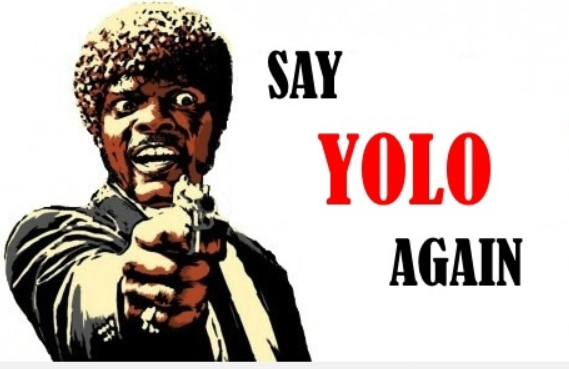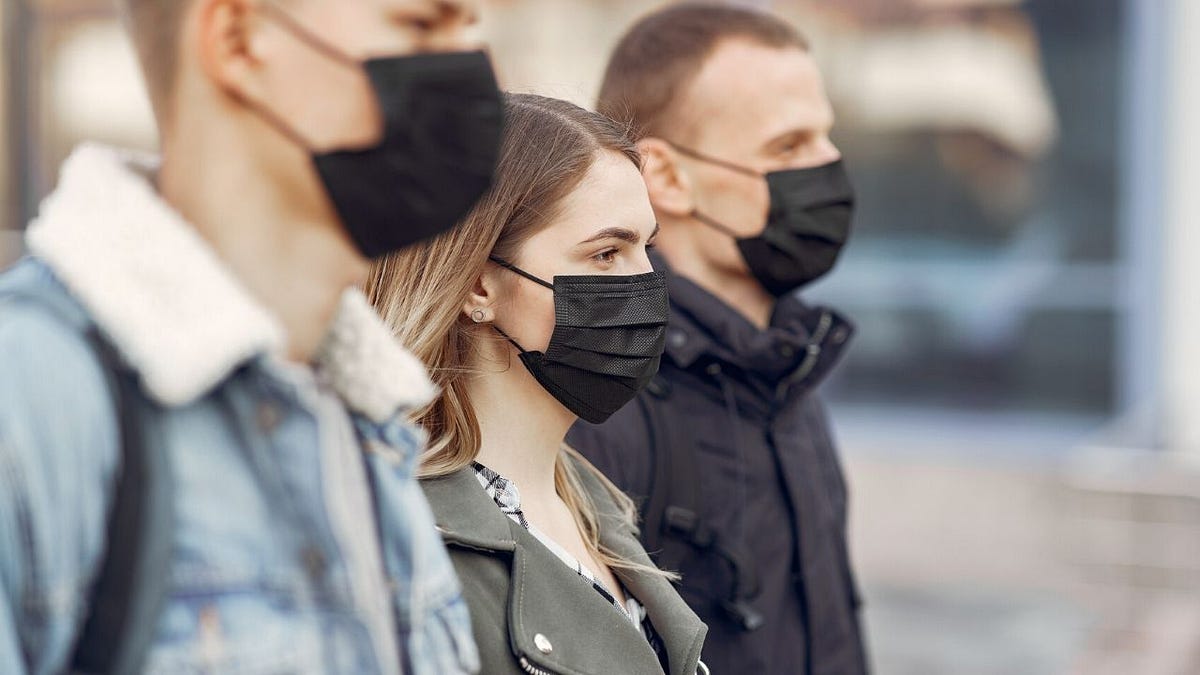Bird’s-eye view of the project:
- Business Problem: Description of the problem with respect to Business
- Problem Statement: Description of the problem with respect to Machine Learning.
- Source of the Data.
- First Cut Approach: My take on the Problem.
- Conclusion.
- References.
Business Problem:
In this new era where we experiencing a pandemic and people all around are advised to wear masks, some people are not used to it and are avoiding to wear masks. The motivation behind this projects is that if we can take help of AI to detect people wearing or not wearing masks in public places, it would be helpful to increase our safety. If deployed correctly, the mask detector could potentially be used to help ensure our safety.
Also, it is very depressing to be alive in this period, to witness so much happening in this world, I decided why not do something out of it i.e convert a real world problem in which we humans have to wear masks to go out, into a Machine Learning problem.
Problem Statement:
The task here is to predict people wearing masks or not wearing them, given an image or a video. It is an object detection and classification problem with 2 different classes(Mask and Without Mask).
There are numerous methods for Object Detection but, for this I have decided to use YOLO v3 as it is simple fast and one of the most accurate method out there.
Source of the Data:
So there are multiple sources of data that can be used for this problem. You can either download images from the Internet and annotate them or you can simply get a prepared data that can be easily used to train.
I have used an existing dataset that is available in Kaggle.
After collecting the data place all the images and its annotations in YOLO format as below and name the folder ‘obj’.

The annotations must contain the class and the box co-ordinates in YOLO format.
YOLO v3:

YOLO v3 is an object detection network part of the YOLO family (YOLO v1, YOLO v2). It is a fairly simple object detection approach with very good performance. It takes images as input, pass it through neural network and get a vector of bounding boxes and class predictions as output. YOLO v3 uses DarkNet-53 to make features detection followed by convolutional layers. Darknet-53 is a 53 layers Convolutional Neural network trained on ImageNet mainly compose of 3 × 3 and 1× 1 filters with skip connections like the residual network in ResNet.
For more information on the Input format, Output format or the architecture please go through [this link]
#covid19 #data-science #artificial-intelligence #deep-learning #machine-learning #data analysis
